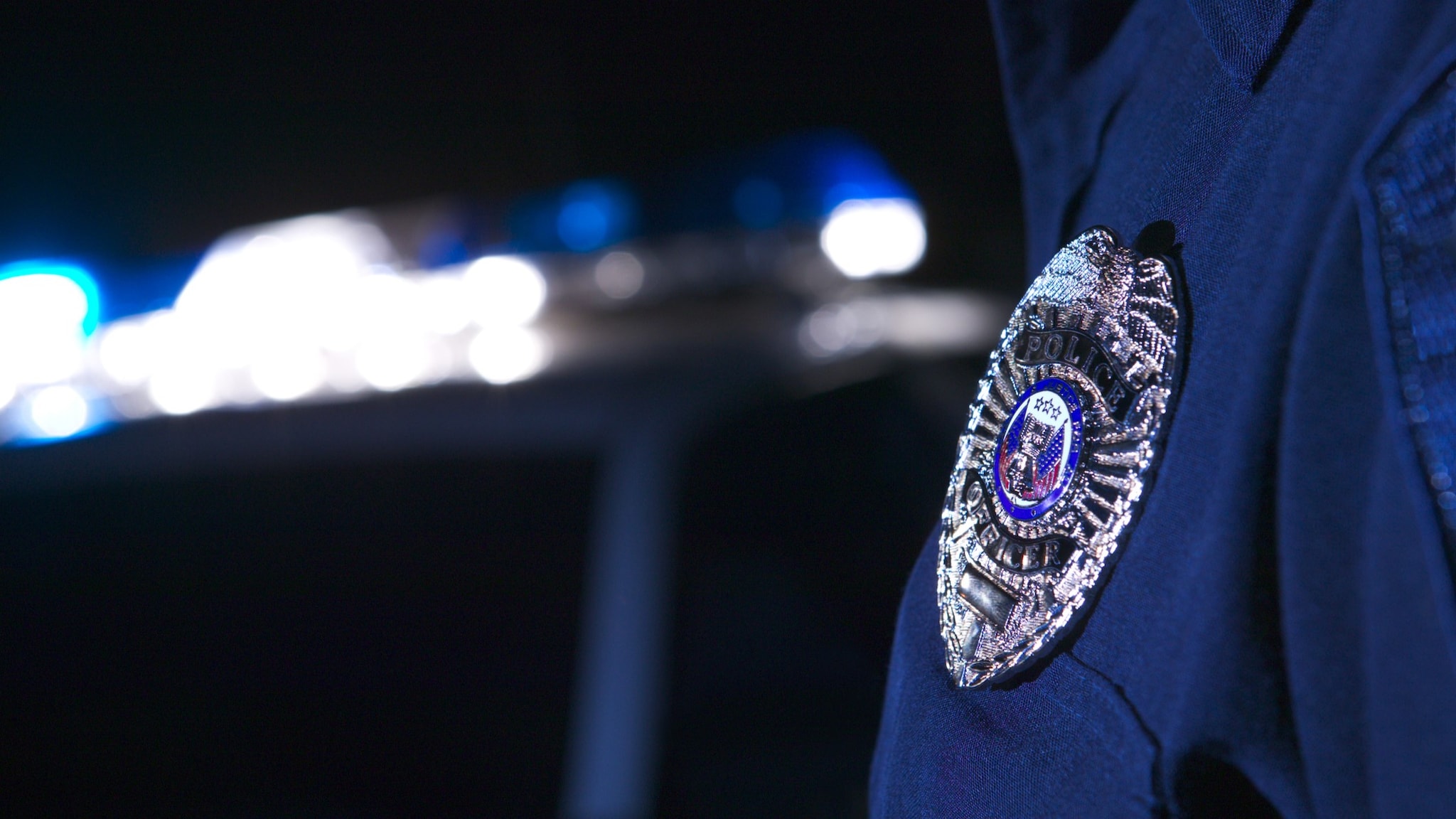Key points
Law enforcement officers are at risk of motor vehicle-related incidents from many preventable factors. Officers can prevent on-the-job crashes and injuries so they can drive to arrive alive at a scene.

Why it's important
Motor vehicle-related incidents are a leading cause of line-of-duty deaths for law enforcement officers in the United States – they are also preventable.1 It is important to promote motor vehicle safety among officers so they can stay safe while working to make communities safer.
Line-of-duty deaths
Job hazards
There are more than 750,000 state and local (excluding federal) law enforcement officers.3 These officers face many job hazards, including: physical exertion, psychological and organizational stressors, and health issues. Some behavior-related hazards that put officers at risk of a crash or crash-related injury on the job are:
- Not wearing a seat belt
- Speeding, particularly through intersections
- Being distracted while using in-car electronics
- Experiencing tunnel vision from increased stress
What we know
In the last 10 years, on average, an officer per week has been killed on our nation's roads (2014-2023 = 50 deaths per year).1
Motor vehicle-related incidents are a leading cause of death for officers. These include crashes and being struck by moving vehicles while on foot.
From 2014-2023, excluding COVID-19 deaths:1
- 1,716 officer line-of-duty deaths
- 342 officer line-of-duty deaths due to vehicle crashes (20% of total)
- 154 officer line-of-duty deaths due to struck-by (9% of total)
Resources
View our free resources related to law enforcement motor vehicle safety.
Officer Road Code Toolkit
- National Law Enforcement Officers Memorial Fund [2024]. Causes of law enforcement deaths
- National Law Enforcement Officers Memorial Fund
- Uniform Crime Reporting Program
